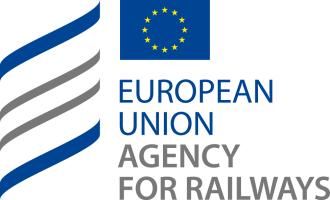GSM-R test cases - Supporting documents
The documents presented in points 1 to 5 are used as input documents as a basis for the Agency to develop a catalogue of GSM-R test cases for the mandatory requirements in the CCS TSI.
The Agency does not have any responsibility in the interoperability verifications done by any specific provider or in the results. Interconnection tests between different providers are not a requirement in the CCS TSI, and the Agency has no involvement with the activities between providers nor with the results obtained. The Agency does not endorse any testing activities or results, which are out of the scope of its functions.
(1) GSM-R industry : Multi vendor interoperability testing for GSM-R networks in mixed configurations
provided by Kapsch CarrierCom and Nokia Siemens Networks.
These documents are the results of the study financed by the TEN-T E Agency Multi Annual Programme 2007-EU-60040-P (Activity 9 : GSM-R Interoperability Tests).
(2) DB Systel GmbH: Test Specification for EIRENE networks assessment.
The involvement of the Agency was restricted to the activities related to the test cases description, not to any use of this document to test any set of equipment.
(3) Selection of test cases for network assessment (draft).
Draft selection of test cases coming from the document in point 2 above, that cover Mandatory for Interoperability requirements. This is an extract of a document produced to the Agency by UIC, that is also being used as input for the final recommendation on GSM-R test cases.
(4) Test cases for cab radio(draft)
Draft document containing test cases for cab radios that cover Mandatory for Interoperability requirements. This document is a draft, provided to the Agency by UIC, that will be used as input for the recommendation on GSM-R test cases.
(5) GSM-R Industry: GSM-R interoperability/compatibility testing
provided by Nokia Networks, Kapsch CarrierCom, Funkwerk and Frequentis.
These documents are the results of the activity cofinanced by the TEN-T E Agency Multi Annual Programme 2011-EU-60013-S (Activity 10 : “GSM-R Interoperability/compatibility testing” and Activity 5 “GSM-R Industry Group Support to ERA”).
For information, the following references have also been made available to the Agency with information related to the providers’ internal activities:

